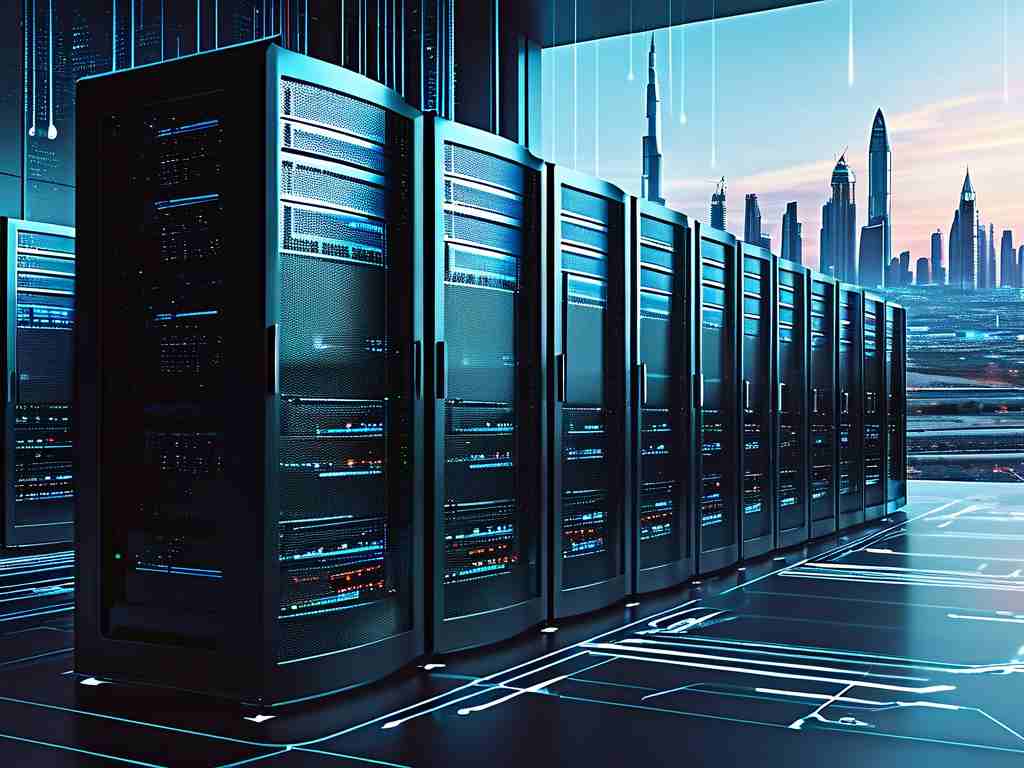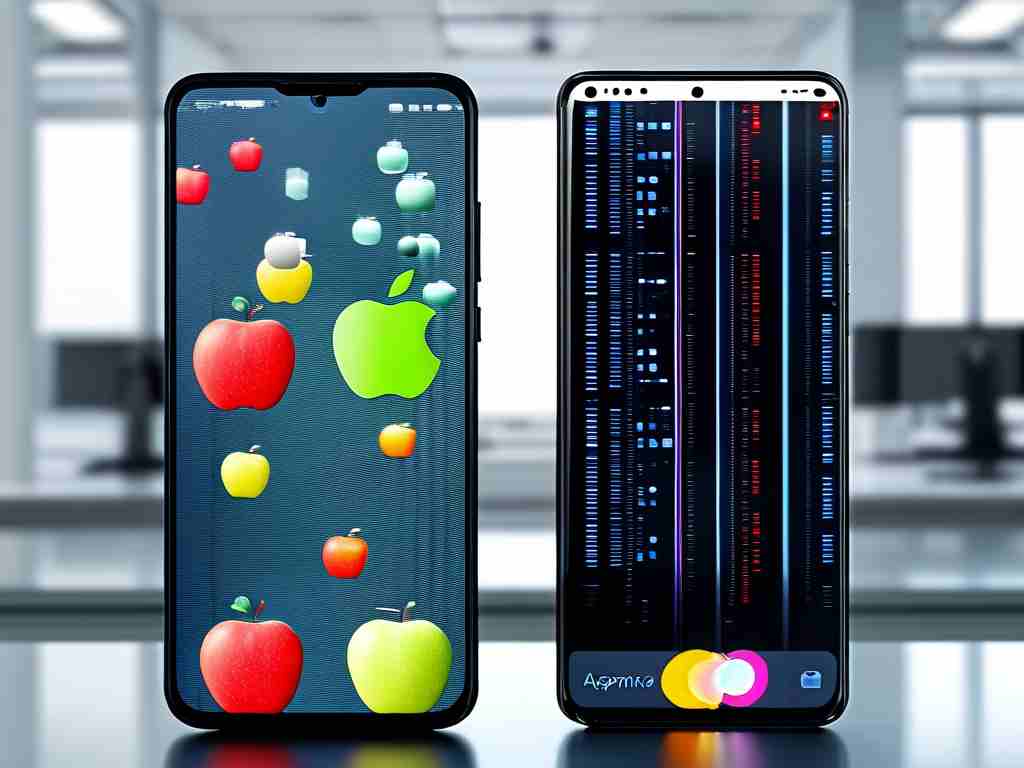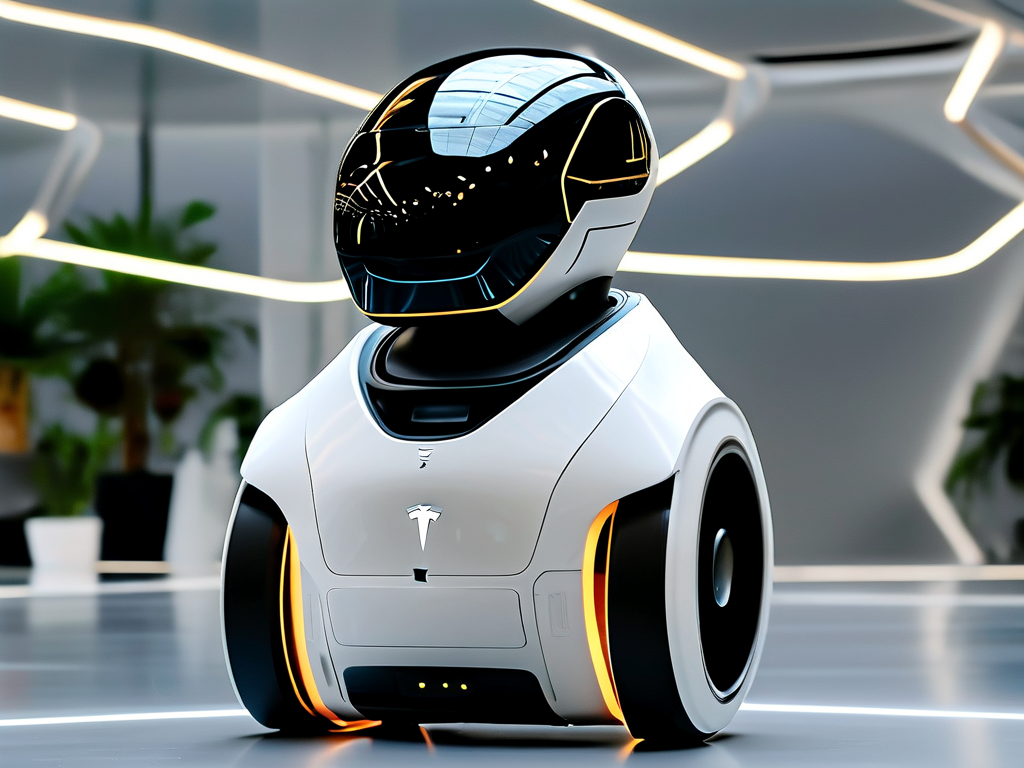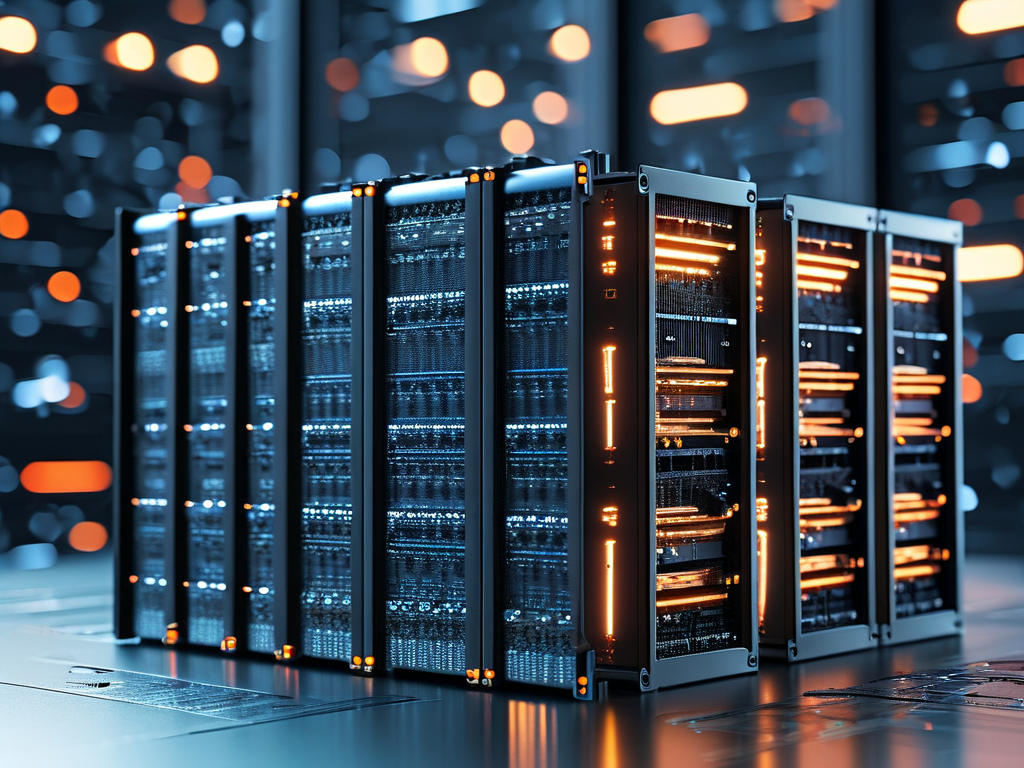The realms of software and hardware engineering encompass diverse specialties, with embedded development and backend development representing two distinct yet equally critical domains. While both involve coding and system design, their objectives, tools, and challenges diverge significantly. This article explores their differences in scope, required skill sets, workflows, and real-world applications.
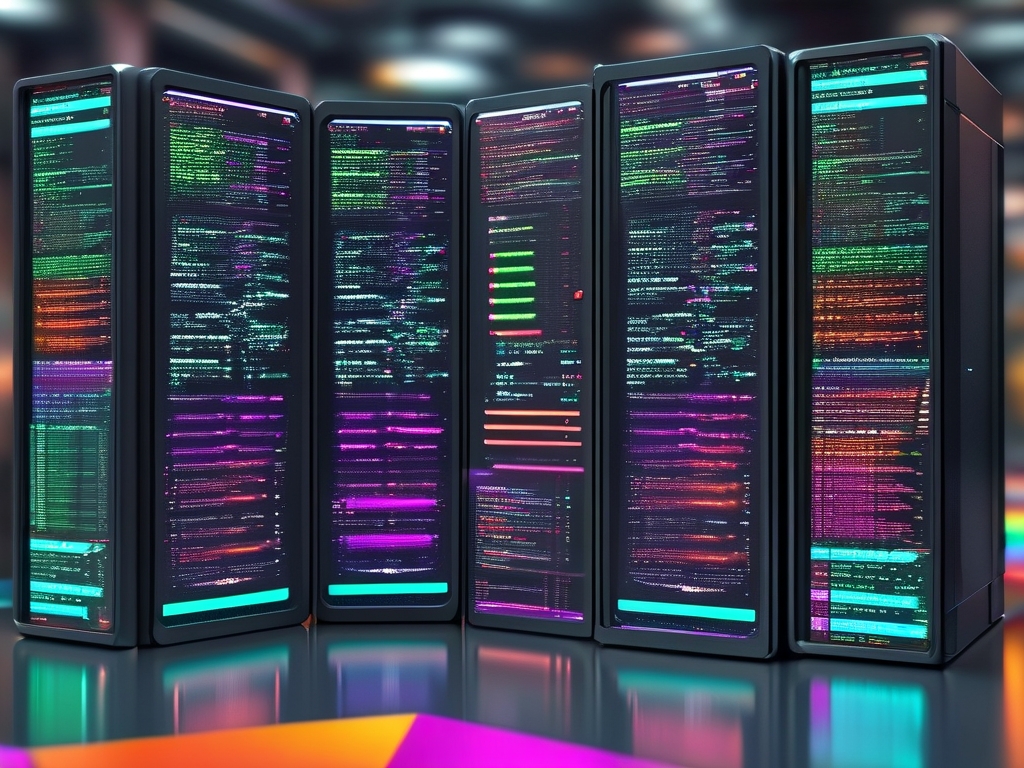
1. Definition and Scope
Embedded Development focuses on creating software that directly interacts with hardware. Embedded systems are specialized computing devices designed to perform dedicated functions, often with real-time constraints. Examples include microcontrollers in IoT devices, automotive control systems, medical equipment, and industrial machinery. Developers in this field work close to the hardware layer, optimizing code for resource-constrained environments.
Backend Development, on the other hand, revolves around building server-side logic, databases, and APIs that power web and mobile applications. Backend systems handle data processing, user authentication, and business logic, operating within cloud servers or data centers. This domain emphasizes scalability, security, and integration with frontend interfaces.
2. Hardware vs. Abstraction Layers
A fundamental distinction lies in their relationship with hardware:
- Embedded developers must understand electronics, sensors, and low-level protocols (e.g., I2C, SPI). They write code in languages like C, C++, or Rust, often interacting with registers and memory addresses. Power efficiency, timing precision, and minimal latency are paramount.
- Backend developers work in abstracted environments, using high-level languages like Python, Java, or Go. They rely on frameworks (e.g., Django, Spring) and cloud services (AWS, Kubernetes) to manage infrastructure. Their focus is on handling HTTP requests, database queries, and ensuring uptime for thousands of concurrent users.
3. Development Tools and Environments
Embedded Workflow:
- Tools: Cross-compilers, debuggers (e.g., JTAG), and simulators like QEMU.
- Hardware dependencies: Development boards (Arduino, Raspberry Pi), oscilloscopes, and logic analyzers.
- Testing: Real-time debugging on physical devices, often requiring iterative hardware-software co-design.
Backend Workflow:
- Tools: IDEs (IntelliJ, VS Code), version control (Git), and containerization (Docker).
- Infrastructure: Cloud platforms, databases (PostgreSQL, MongoDB), and CI/CD pipelines.
- Testing: Unit tests, load testing (e.g., JMeter), and monitoring tools (Prometheus, Grafana).
4. Performance and Optimization Priorities
Embedded systems prioritize:
- Deterministic behavior: Predictable execution times for critical tasks.
- Resource constraints: Minimizing memory usage and power consumption.
- Real-time responses: Meeting strict deadlines (e.g., anti-lock braking systems).
Backend systems prioritize:
- Scalability: Handling spikes in traffic via horizontal scaling.
- Latency reduction: Optimizing database queries and network calls.
- Fault tolerance: Implementing retries, circuit breakers, and redundancy.
5. Security Challenges
- Embedded: Physical security (tamper-proofing), secure bootloaders, and protection against side-channel attacks. Limited computational power complicates encryption.
- Backend: Network security (firewalls, HTTPS), SQL injection prevention, and OAuth-based authentication. Regular patching of vulnerabilities is essential.
6. Career Paths and Skill Sets
Embedded Developers typically need:
- Knowledge of electronics and microprocessor architecture.
- Proficiency in low-level programming and real-time operating systems (FreeRTOS, Zephyr).
- Experience with hardware debugging and sensor integration.
Backend Developers require:
- Mastery of web protocols (REST, WebSocket) and database design.
- Familiarity with cloud-native technologies and distributed systems.
- Skills in API design and performance tuning.
7. Industry Applications
Embedded Systems Shine In:
- Automotive: ADAS, infotainment systems.
- Healthcare: Pacemakers, MRI machines.
- Consumer Electronics: Smart home devices, wearables.
Backend Systems Drive:
- E-commerce platforms: Order processing, recommendation engines.
- Social media: User feeds, real-time notifications.
- Fintech: Payment gateways, fraud detection.
8. Convergence Trends
Emerging technologies like IoT blur the lines between these domains. For instance, a smart factory might combine embedded sensors (collecting data) with backend analytics (processing data on AWS). Developers increasingly need hybrid skills-understanding both edge computing and cloud orchestration.
Embedded and backend development cater to vastly different layers of the tech stack but share a common goal: enabling functionality through code. Choosing between them depends on one's passion for hardware tinkering versus large-scale software architecture. As connected devices proliferate, professionals in both fields will play pivotal roles in shaping the future of technology.




